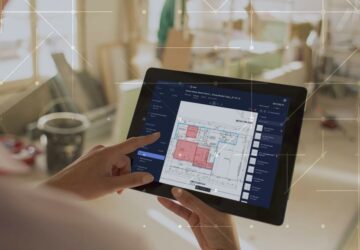Types of digital technology, in the late 1970s, one of the most exciting things you could have is a digital clock. Instead of trying to tell the time with a clock that might be a little difficult to read for some people, the latest science at the time was the ability to read the time. Through numbers on the digital display.
Since that time, digital screen technology has begun to spread in almost everything around us, from radio and television to music players, modern cameras, and smartphones to computers of all kinds, but what is the difference between analog and digital technology and what is the best between them? Let’s take a closer look at that.
Types of digital technology
Analog measurements
Since computers began to dominate science and technews in the early decades of the twentieth century, nearly all measuring instruments used have been powered by analog technology.
For example, when you want to measure and control an electrical current, you connect the current to a moving coil meter that contains a small indicator that moves over the screen so that whenever the pointer moves up the electric current increases in your circuit and the change in the indicator is similar to a change in the current.
Therefore, in this case, we find that the current value changes with irregular values so that it can range from almost zero to higher values depending on the circuit in which it is applied, and we find that the current value can be any value between the highest and lowest value of the current.
This is the general definition of the analog signal as signals whose value changes irregularly and can take any value between the higher and lower values of the current.
All other types of measuring devices have worked in a similar way, including weighing machines, speed measuring devices, sound level measuring devices, seismographs, etc. From analog devices.
Digital measurements
Many scientific tools currently in use apply digital technology, in which the readings appear automatically on LCD screens instead of using analog indicators.
Digital displays and digital displays are usually easier and faster to read compared to analog readings, whether in terms of accuracy or speed.
Almost all types of everyday technology work using digital technology instead of analog technology, for example in a mobile phone where it receives and transmits calls by converting voice into numbers and then sending these numbers from one place to another in the form of radio waves.
This method uses digital technology because of its many advantages such as ease of storage as it consumes less space of memory in addition that digital information is characterized by being more secure, as mobile phone conversations are encrypted before transmission, which is easy to do when the information is in the digital image.
In addition, digital information is easy to modify, for example, anyone can re-edit and draw an image in digital form in a computer graphics program.
But if we want to re-draw a picture drawn on the ground on an artboard, this will be very difficult. This is due to the fact that digital technology works by processing numbers as it represents everything in the form of numbers and thus it is easy to modify and reformulate these numbers easily.








